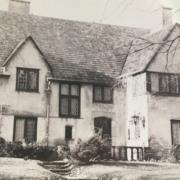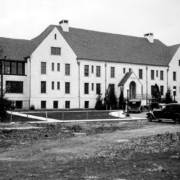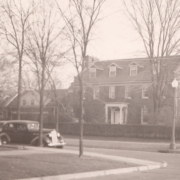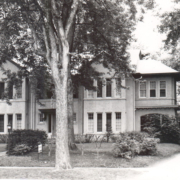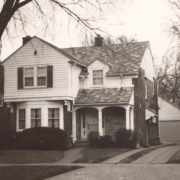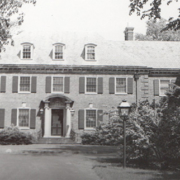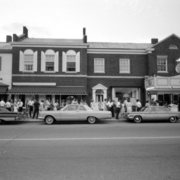Historical Architecture of Grosse Pointe – Architect Raymond Carey
Last week we concluded our series on landscape architect Ellen Biddle Shipman as we explored 380 Provencal. The American Colonial style home was designed by Raymond Carey for Mr. and Mrs. Courtenay D. Allington in 1929. Ellen Biddle Shipman designed the formal garden – her second project on Provencal. This week we continue with the work of Raymond Carey as we look at some of the many fabulous homes he created in Grosse Pointe. Carey was a key figure in Grosse Pointe, creating prestigious homes for prominent clientele during the 1920’s – 1930’s. His work was extremely sought after.
Raymond Marwood-Elton Carey was born in Guernsey, Channel Islands (United Kingdom) on 27 August 1883. He was educated in Bath, but by 1901, he had relocated to London where he spent many years working for several prestigious architects. It is reported, in documents from the Royal Inst. of British Architects in London, “Carey possessed impeccable professional credentials which he obtained during his residency with us.” We also leaned “in 1901-03, he was associated with none other than Charles F.A. Voysey, the acknowledged master of the Arts & Crafts style in England. From 1903-05 he continued his training under the prominent architect Leonard A.S. Stokes and remained with him as a draftsman until 1907. Carey then traveled in Italy for a full year, returning to London in 1909.” Source: dictionaryofarchitectsincanada.org
In 1909, Carey relocated to Winnipeg, Canada. Aged 26 it is reported he arrived armed with an “extensive knowledge of contemporary design trends from England, and a wealth of experience,” having been surround by some of the finest Georgian residences in the world. This level of experience and inspiration influenced much of Carey’s career, particularly many of the homes he would eventually work on in Grosse Pointe. However, it is alleged that while Carey was extremely talented, he was also “an underrated figure in the architectural history of Winnipeg and in the history of Detroit.” Source: dictionaryofarchitectsincanada.org
While in Winnipeg Carey worked as a draftsman, then went to San Francisco, before returning to Winnipeg to open an office in early 1911. During this time, he formed a partnership with John Woodman. Together they designed several significant commercial and industrial buildings, along with several splendid residences. It is reported “Carey introduced a new and elegant repertoire of architectural design and detail to the Winnipeg scene.” Source: dictionaryofarchitectsincanada.org. By 1917, Carey had ceased working with John Woodman and had formed a partnership with George W. Northwood to form the firm of Northwood & Carey.
Around 1922, Carey relocated to Detroit to continue his career. He initially operated under his own name, but by 1923, had formed a partnership with engineer Horace H. Esselstyn. The partnership of Carey & Esselstyn was active from September 1923 to 1929. It was during this period that Carey “produced some of the most distinctive and sumptuous residential masterpieces of his career.” Much of his work was in the prestigious neighborhoods of Metro Detroit, in particular Grosse Pointe Farms. It is acknowledged he designed more than 15 mansions in the community, most of which were in his signature Georgian and Tudor Revival styles. Some of his projects in the community (with Esselstyn) include –
Raymond Carey & Horace Esselstyn, Architects & Engineers
- 73 Moran (built in 1925) for Walter B. Ford

- 1104 Nottingham Road (built in 1926) for John H. Lyons
- 39 Beverly Road (built in 1927) for William H. Wells
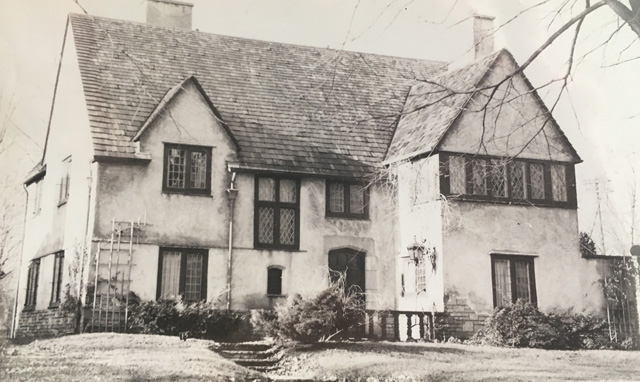
Aside from residences, it is understood Carey & Esselstyn are credited with designing several buildings in Detroit – (Source: dictionaryofarchitectsincanada.org)
- Gately’s Department Store on Michigan Avenue
- Detroit Receiving Hospital, Nurse’s Home, and Annex (1924-26)
- Two schools for the City of Detroit
- Police Station, on the Coolidge Highway (1926–27)
- A factory for the Mississippi Glass Company
- An office building for the Detroit Automobile Company (owned by Henry Ford)
Raymond Carey Solo Projects
- 16960 East Jefferson (built 1927-1928) for Edward J. Schmidt (now razed)
- 338 Provencal (built in 1928) for Howard Smith
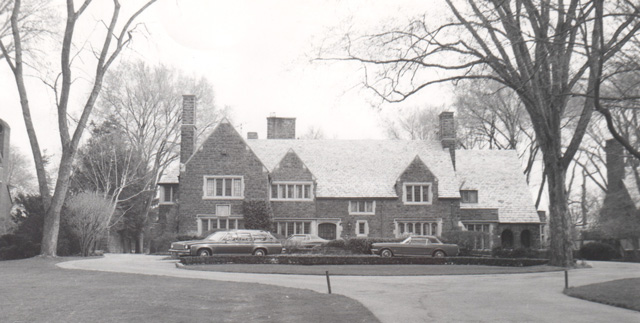
- 51 Kenwood Road (built in 1928) for John Lord
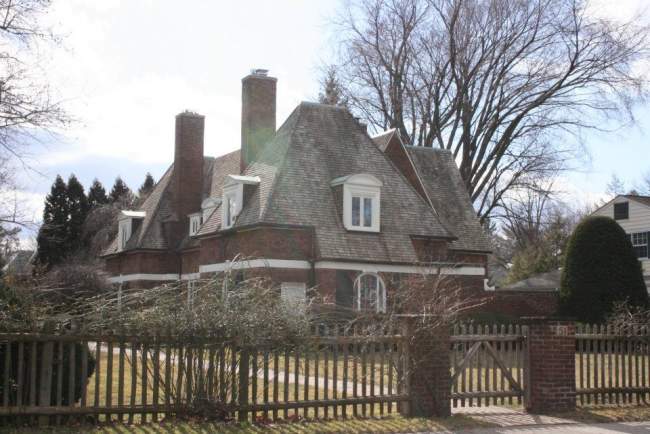
- Cottage Hospital Nurses Residence (built in 1928)

- 138 Kenwood Road (built in 1929) for W. Dean Robinson
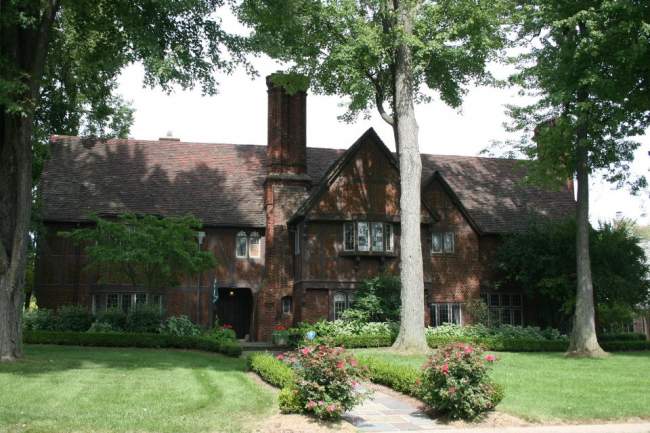
- 270 Voltaire Place (built in 1929) for Mrs. R. H. Macauley

- 380 Provencal (built in 1929) for Courtenay D. Allington
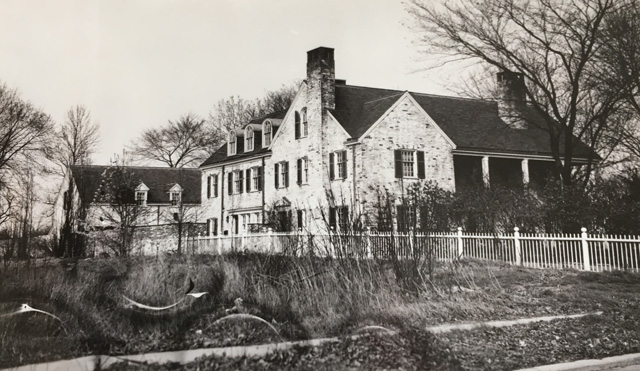
- 234 Provencal (built in 1929) George M. Holley
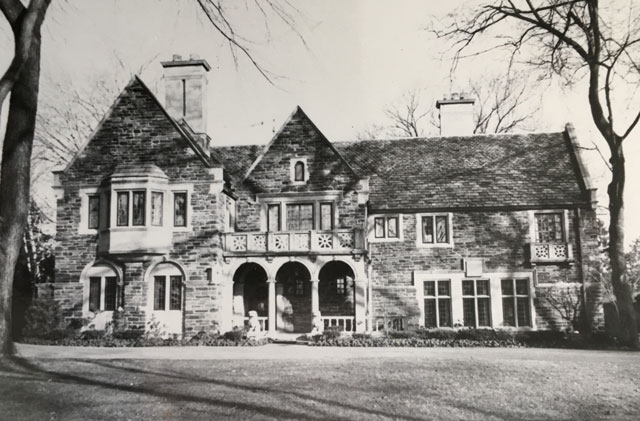
- ? Provencal – (built in 1930) for Harold Raymond Boyer
- 390 Provencal (built in 1931) for Muir Snow
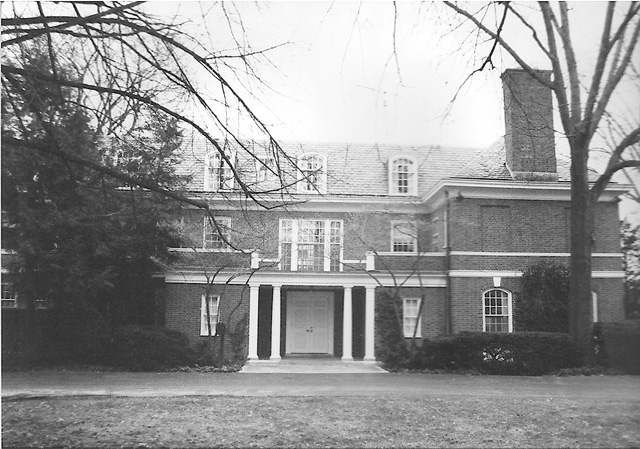
- 194 Provencal (built in 1931) for Earl Holley
We believe Raymond Carey returned to London around 1937 and was elected as a fellow of the Royal institute of British Architects in 1938. One of the latter projects of his career was an office building in London in 1950. He retired in 1958, and died in London on 20 August 1975, aged 92.
Raymond Carey left Grosse Pointe with some sublime Georgian style homes. He is yet another fine example of a designer who helped transform the architectural scene in Grosse Pointe, but as with so many designers his work has never receives the credit is deserves.
*Photos courtesy of the Higbie Maxon Agney archives unless stated.
** Research, information, and data sources are deemed reliable, but accuracy cannot be fully guaranteed.
Written by Katie Doelle
Copyright © 2023 Katie Doelle

